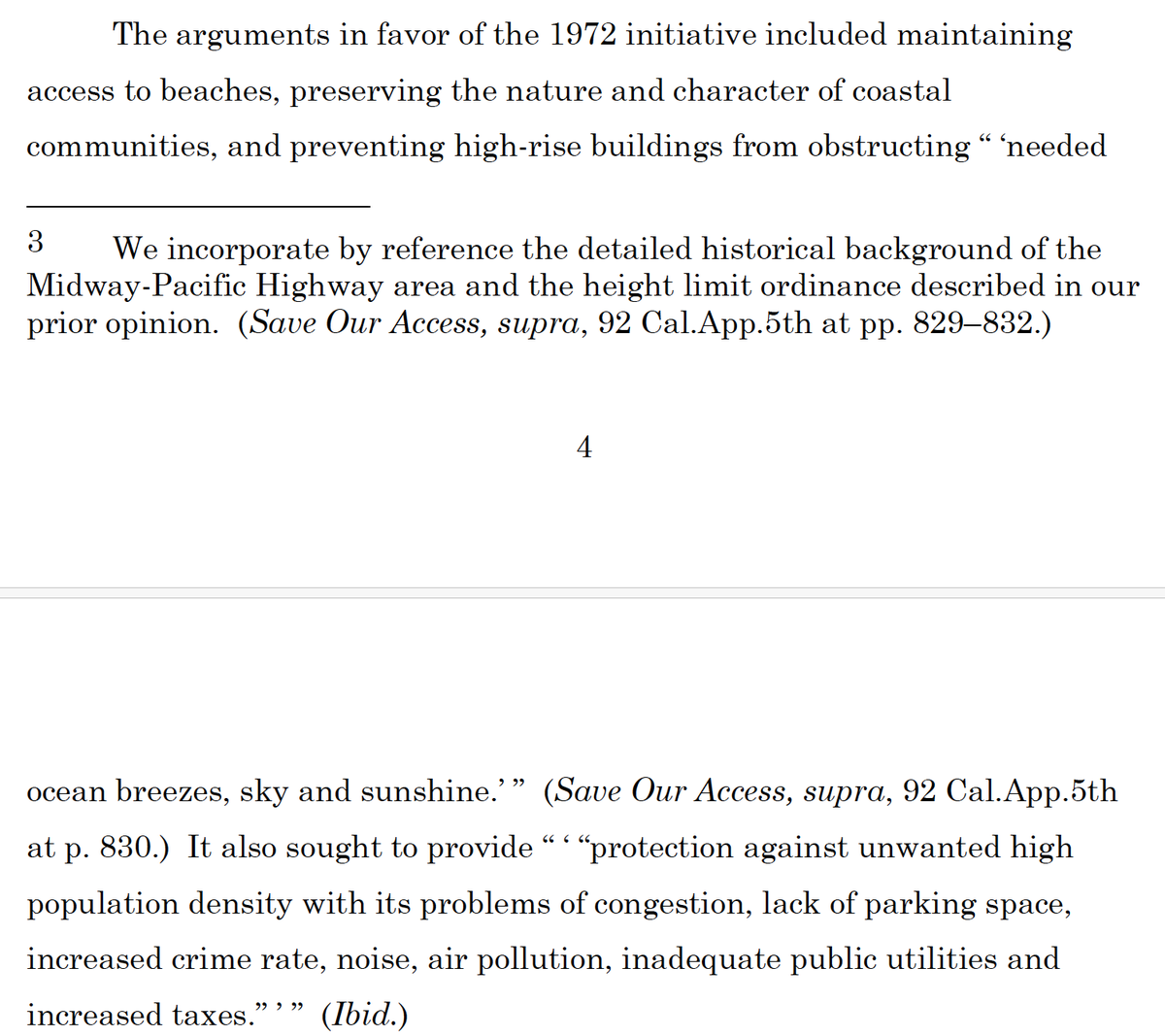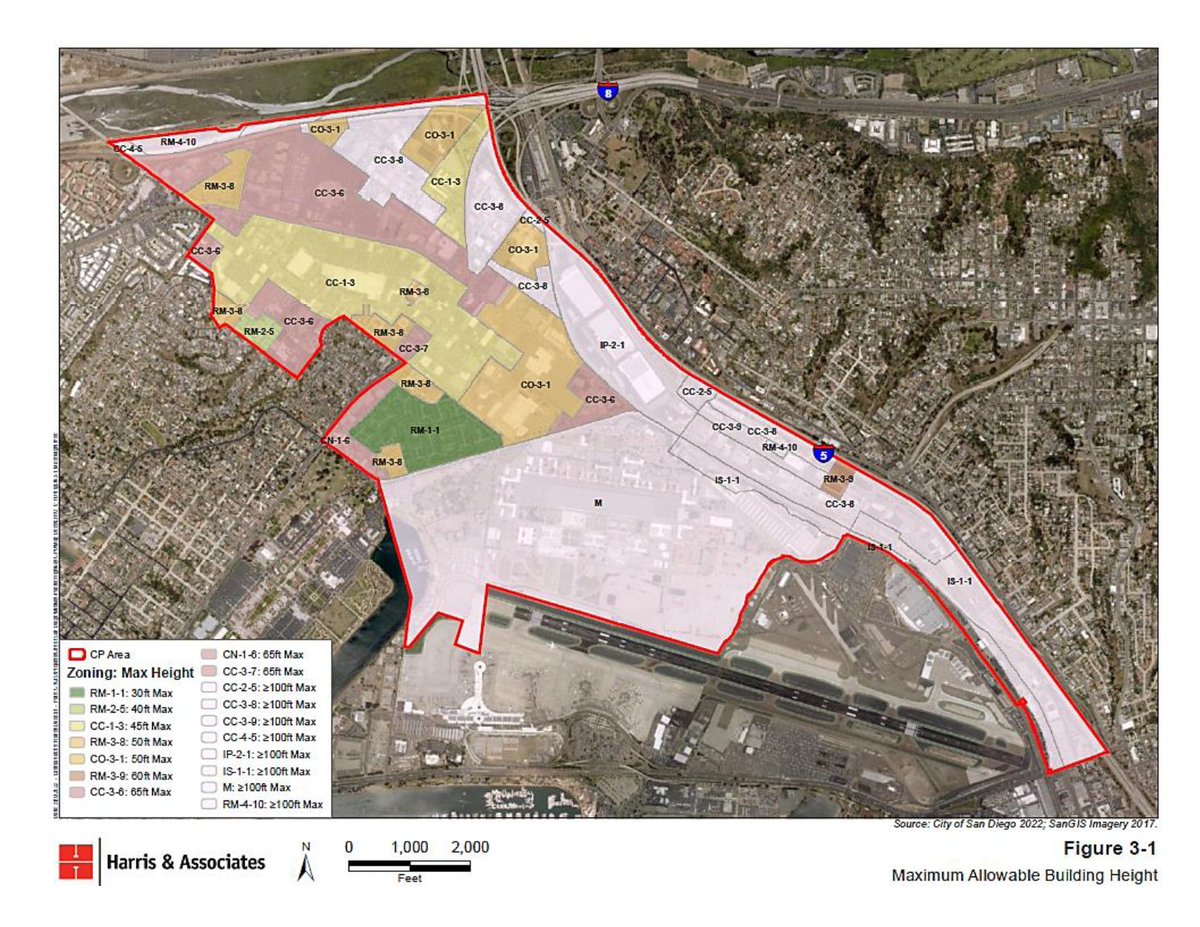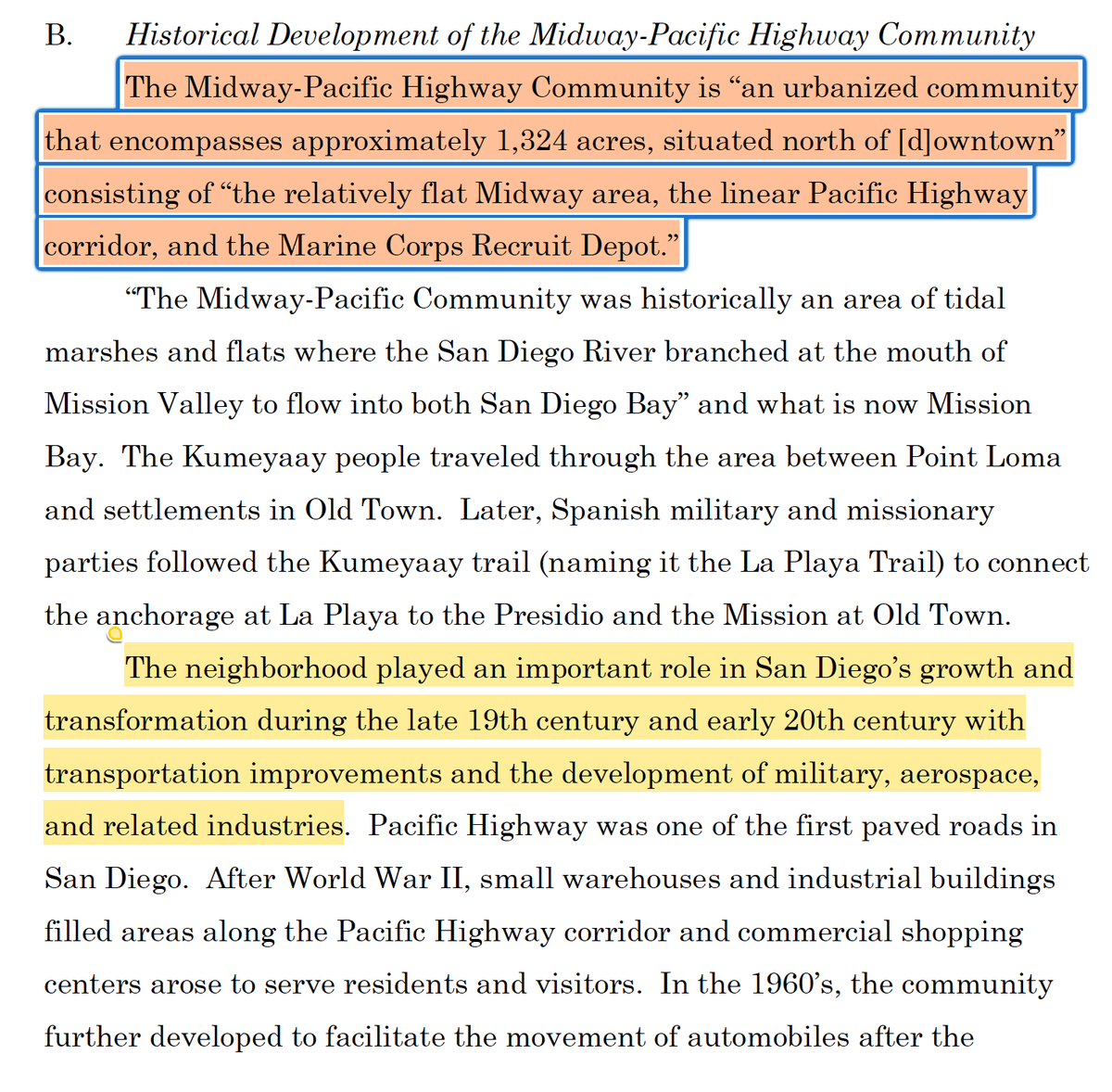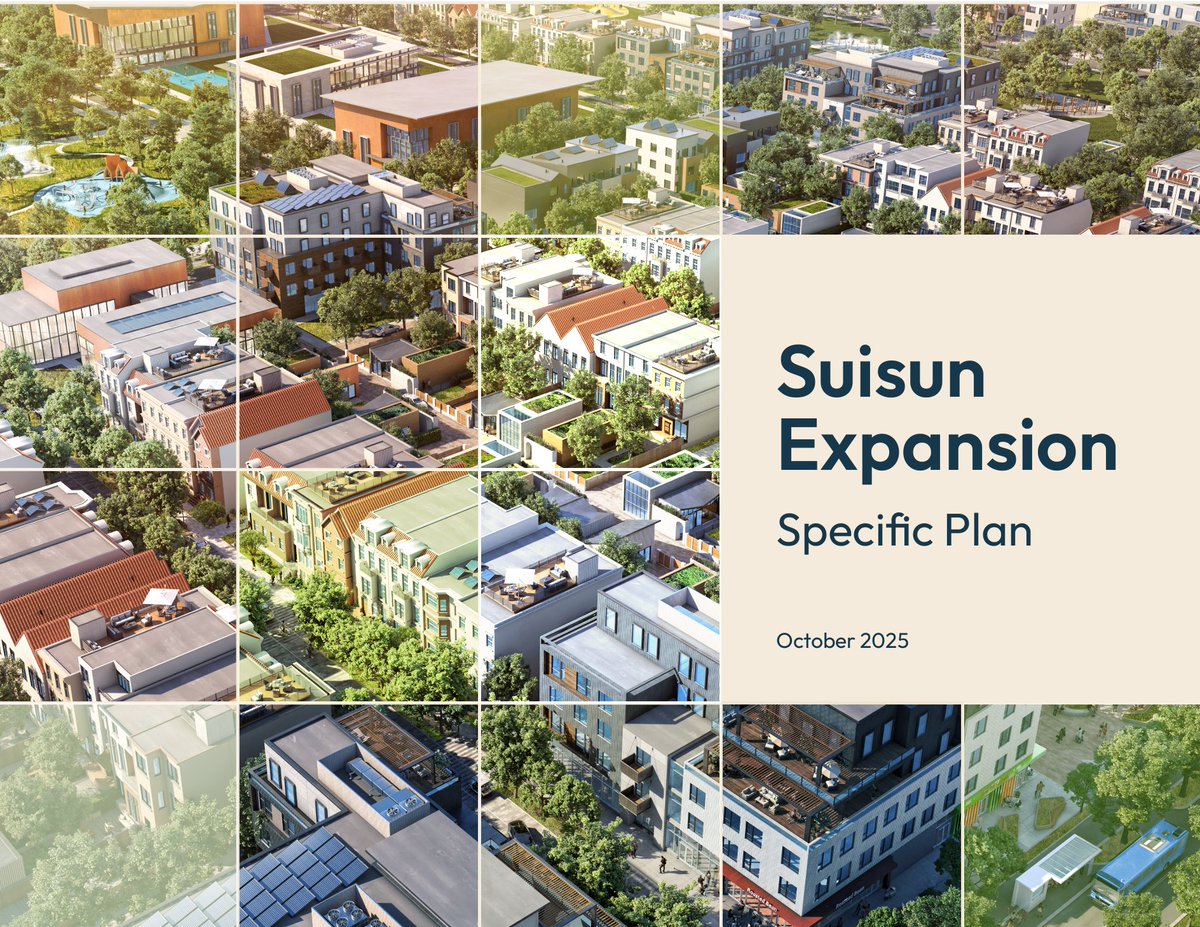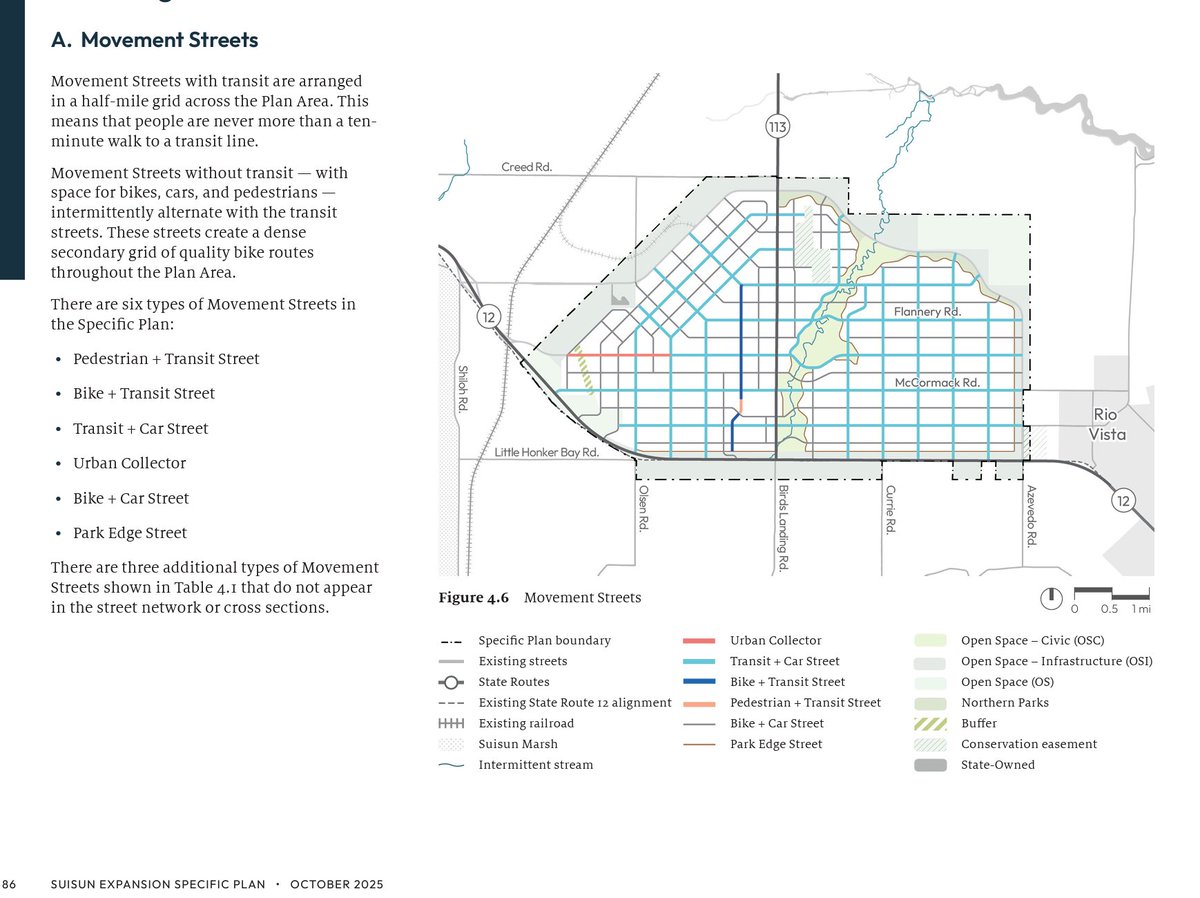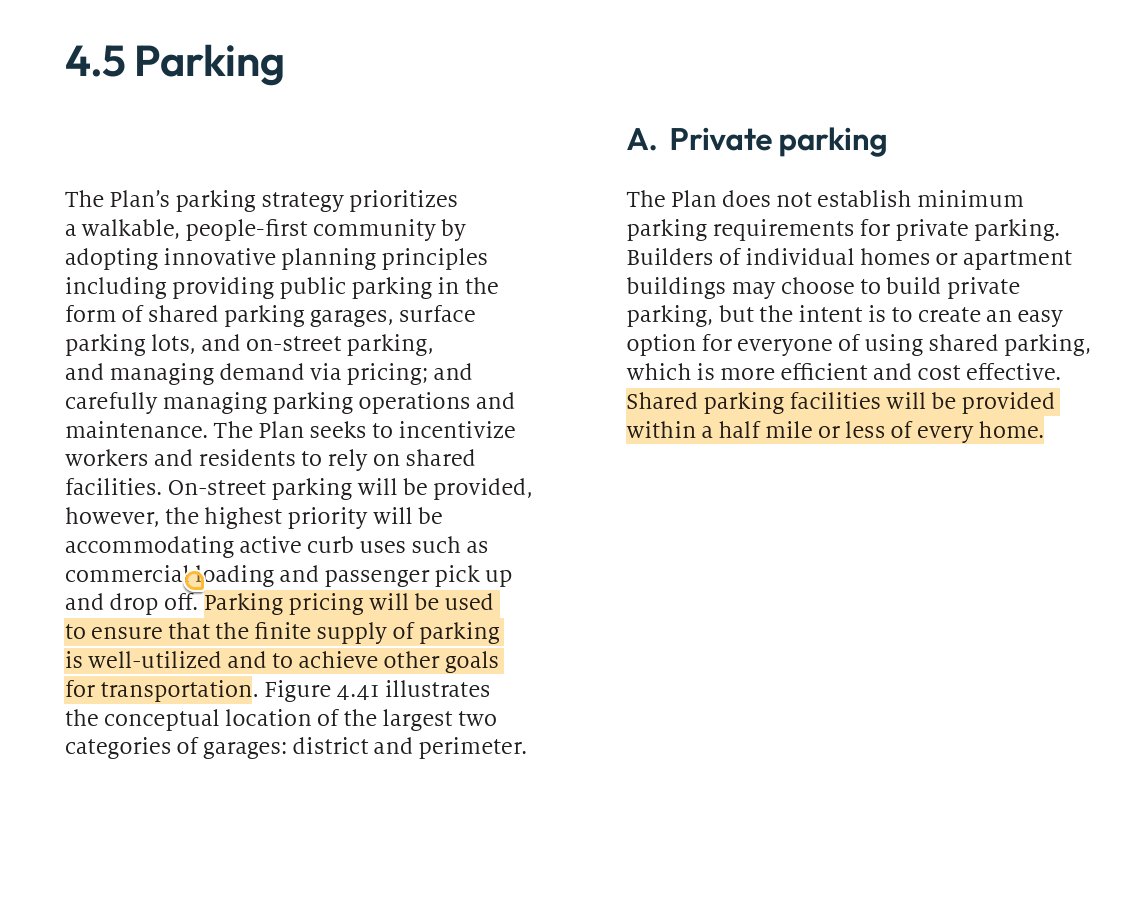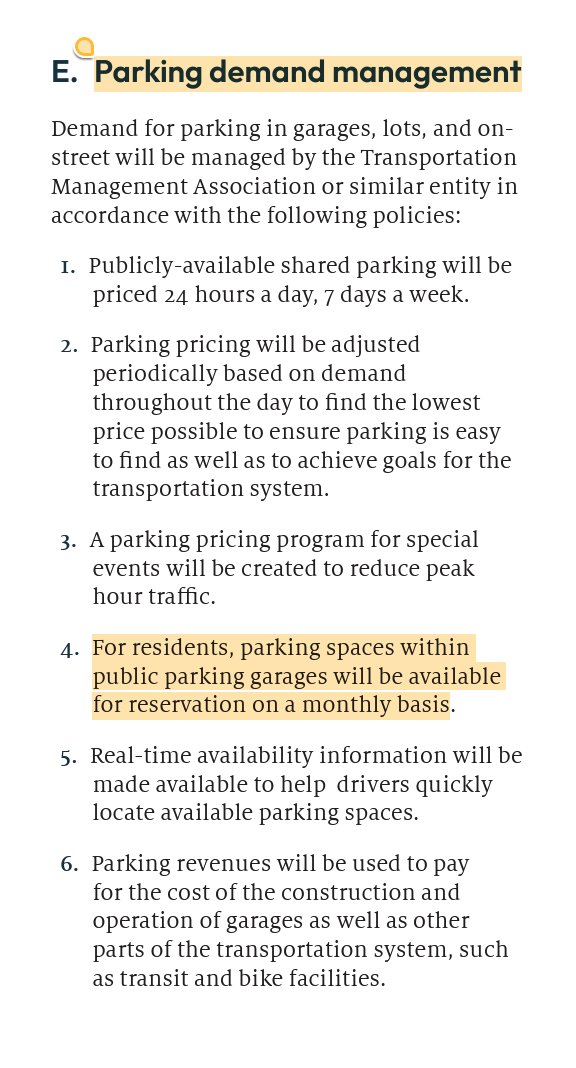The SF City Economist report on city's housing-element rezone is a nice bookend to the Court of Appeal's decision last month in New Commune v. Redondo Beach.
Put them together, and it's clear that pretty drastic reforms to CA's Housing Element Law are in order.
🧵/19
Put them together, and it's clear that pretty drastic reforms to CA's Housing Element Law are in order.
🧵/19
https://twitter.com/CSElmendorf/status/1983916649632952603
Crux of New Commune: If city does fact-intensive, site-specific analysis of "realistic" capacity for new housing, any frustrated YIMBY can dredge up an existing lease, go to court, and get the judge to put the city in Builder's Remedy penalty box.
/2
'
/2
'
https://x.com/CSElmendorf/status/1976841884825010359
Import of S.F. City Economist report (together w/ HCD's correspondence w/ city thus far): If city instead uses p(dev) method to gauge its plan's capacity, city will be at mercy of the inexpert model gods at HCD.
Who knows what model they'll bless?
/3
Who knows what model they'll bless?
/3
I increasingly think the Leg should radically simplify HCD review of housing elements.
By doing so, Leg can provide more certainty to cities and free HCD staff to work on other stuff, like SB 79 implementation & enforcement letters on contested projects.
/4
By doing so, Leg can provide more certainty to cities and free HCD staff to work on other stuff, like SB 79 implementation & enforcement letters on contested projects.
/4
The simplification I envision:
- HCD would issue a workhorse p(dev) model that all cities would use to gauge their plans' capacity
- Leg would end HCD's review of HE analysis of "constraints" (despite my having written a too-long paper calling for more & better of it...)
/5
- HCD would issue a workhorse p(dev) model that all cities would use to gauge their plans' capacity
- Leg would end HCD's review of HE analysis of "constraints" (despite my having written a too-long paper calling for more & better of it...)
/5

In lieu of constraints analysis in housing elements, Leg would revive the old Least Cost Zoning Law.
Specifically, on housing element sites, ***cities would have to allow development, at a density & FAR specified in HE, at "least cost" consistent w/ health/safety***
/6
Specifically, on housing element sites, ***cities would have to allow development, at a density & FAR specified in HE, at "least cost" consistent w/ health/safety***
/6

This means: no impact fees, no IZ, no local building code amendments, no unit-mix requirements, no transfer taxes, no design standards (beyond a bare minimum specified by state, e.g., for streets/sidewalks), and no discretionary review.
/7
/7
Cities would have broad leeway to try to persuade developers to build something more to city's liking. Tools of persuasion: local density-bonus ordinances, discretionary rezonings, tax rebates, etc.
But on the HE sites, developer would always have a true "least cost" option.
/8
But on the HE sites, developer would always have a true "least cost" option.
/8
Leg would also:
- End HCD's subjective review of AFFH analysis & programs.
Instead, there'd be a clear-cut AFFH rule, like requiring 10% or 20% of land in every school district to be zoned for mixed-income housing at Mullin densities.
/9
- End HCD's subjective review of AFFH analysis & programs.
Instead, there'd be a clear-cut AFFH rule, like requiring 10% or 20% of land in every school district to be zoned for mixed-income housing at Mullin densities.
/9
https://x.com/CSElmendorf/status/1741931121443803141
- Let cities pool their land-use authority for housing-element purposes. (Like the French consolidated planning units studied by @ClemenceTricaud.)
/10
aeaweb.org/articles?id=10…
/10
aeaweb.org/articles?id=10…
Why pool?
- By delegating their housing-element responsibilities to a multi-city body, city councils would gain some insulation against the wrath of their most NIMBY constituents.
"I didn't choose to upzone that site, it was ___ that did it."
/11
sfchronicle.com/bayarea/articl…
- By delegating their housing-element responsibilities to a multi-city body, city councils would gain some insulation against the wrath of their most NIMBY constituents.
"I didn't choose to upzone that site, it was ___ that did it."
/11
sfchronicle.com/bayarea/articl…
- Pooling would also let the most housing-intolerant jurisdictions discreetly shift some of their RHNA allocation to more tolerant places. Not as an explicit trade, but rather a collective decision about where new housing would "work best" for the cities as a group.
/12
/12
- And pooling would probably save cities money (a helpful rationalization, vis-a-vis the most NIMBY constituents)
Tricaud's study finds that forced consolidations of French local governments for land-use purposes increased housing production.
/13
Tricaud's study finds that forced consolidations of French local governments for land-use purposes increased housing production.
/13
In sum:
A housing-element would consist of a spreadsheet of sites, w/ FAR & density specified for each. That's all.
Scoring of the spreadsheet would be formulaic.
City councils could adopt their own spreadsheet or delegate it to their COG or some other multi-city body.
/14
A housing-element would consist of a spreadsheet of sites, w/ FAR & density specified for each. That's all.
Scoring of the spreadsheet would be formulaic.
City councils could adopt their own spreadsheet or delegate it to their COG or some other multi-city body.
/14
Procedurally, any big reform to the housing-element process would probably have to follow the path cleared by @GavinNewsom for CEQA reform.
Run the bill through subject-matter committees in one house, then roll the bill into the budget.
/15
Run the bill through subject-matter committees in one house, then roll the bill into the budget.
/15
That's a very different process than what @California_HCD has done in the past, namely, to convene "stakeholder working groups" to hash out consensus bills.
/16
/16
A stakeholder-consensus process is unlikely to get the job done -- at least, not if the reform is supposed to make life easier for cities & get a lot of housing built.
/17
/17
Some of the stuff that key stakeholders want -- higher IZ mandates, more hooks to sue cities, attorneys fees -- is simply incompatible with legal certainty for cities & clear paths to build lots of housing at low cost.
/18
/18
The legacy of the stakeholder-consensus process is a Housing Element Law that's truly awesome for suing cities. (See: New Commune)
But the wholesale outsourcing of planning to NGO lawyers is not a great path forward for California....
/end
But the wholesale outsourcing of planning to NGO lawyers is not a great path forward for California....
/end
@threadreaderapp unroll
• • •
Missing some Tweet in this thread? You can try to
force a refresh









